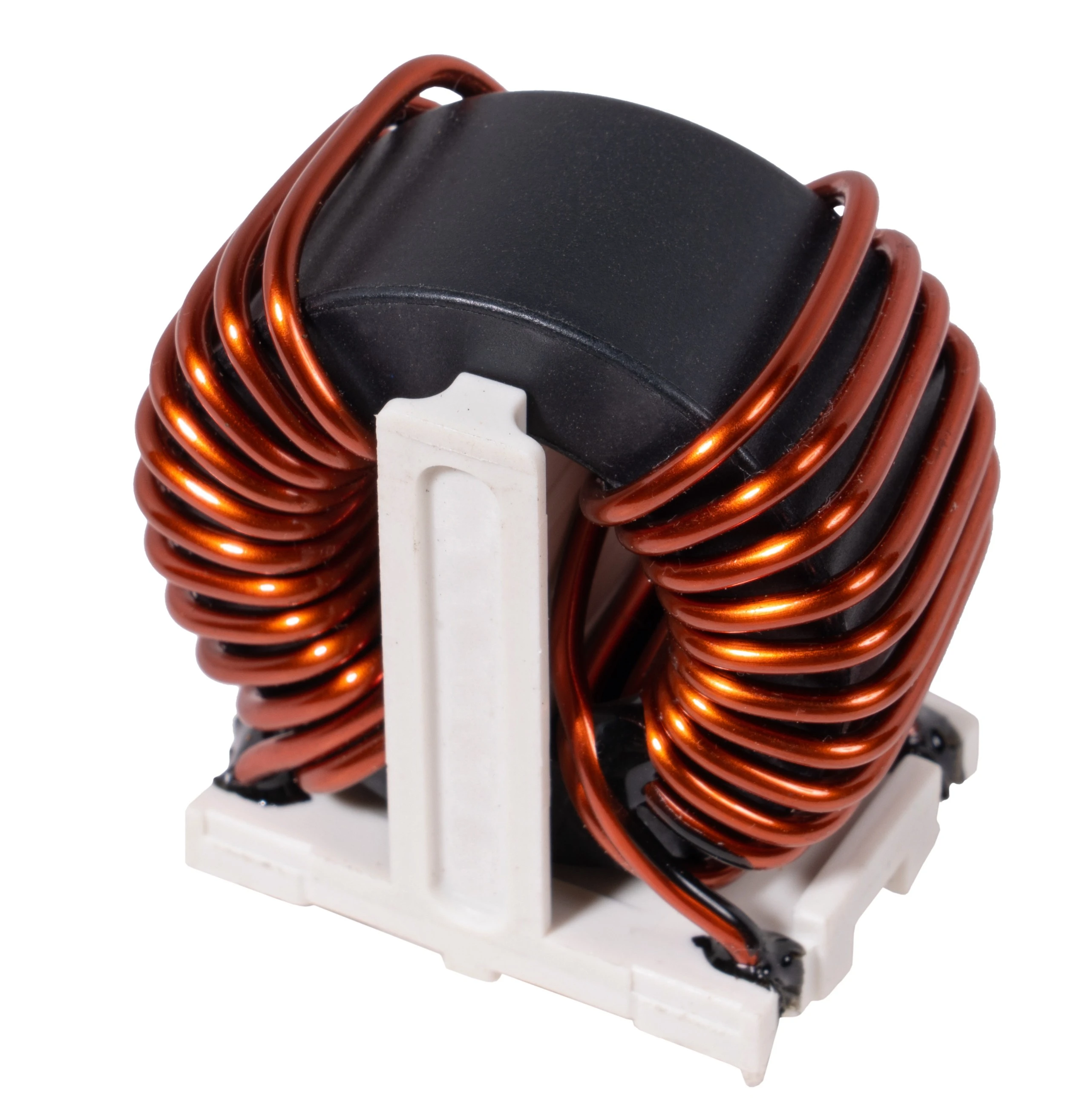Hall Effect (HE) speed sensors are widely used in various industries for detecting rotational speed and movement. These sensors are often referred to as "switches" because they turn on and off in response to the movement of objects, such as a gear tooth passing across the sensor. In this article, we will explore what a Hall Effect speed sensor is, its applications, and how it compares to inductive speed sensors.
A Hall Effect speed sensor operates based on the principle of the Hall Effect, which occurs when a magnetic field interacts with a conductive material. This interaction generates a voltage perpendicular to both the magnetic field and the current, which can be measured as an output signal. Typically, a Hall Effect speed sensor has three main wires: power, ground, and signal.
When a gear tooth or any other ferromagnetic object moves past the sensor, the magnetic field around it changes, triggering the sensor to send a signal. This on/off switching action makes Hall Effect sensors ideal for detecting rotational speeds, such as in motors, wheels, and automotive applications.
Yes, a Hall Effect sensor can detect the direction of movement. By rotating the integrated circuit (IC) inside the sensor or changing the orientation of the vertical Hall sensing elements on the die, the sensor is able to discriminate both the direction and the amplitude of the magnetic field. This enables the sensor to detect movement in multiple spatial dimensions, providing valuable information in applications requiring precise directional control.
Hall Effect sensors are versatile devices used in a variety of applications, including:
Proximity Sensing: Detecting the presence or absence of objects.
Positioning: Determining the location of moving parts in machinery or vehicles.
Speed Detection: Measuring the speed of rotating objects like wheels, motors, or gears.
Current Sensing: Monitoring the flow of electrical current by measuring the magnetic field generated around conductors.
These sensors are commonly found in industrial equipment, consumer electronics, automotive systems, and many other areas. Every year, hundreds of millions of Hall sensor integrated circuits (ICs) are sold globally, contributing to a billion-dollar market.
While both inductive and Hall Effect sensors are used to detect rotational speed, there are key differences between the two:
Output Signal: Unlike inductive sensors, which rely on the rate of change of the magnetic field to produce an output signal, Hall Effect sensors provide a direct output signal when a magnetic field is present. This output is typically in the form of a voltage that is measured in millivolts (mV).
Signal Amplification: Hall Effect sensors often include integrated electronics that amplify the output signal, making it easier to process. This built-in amplification makes Hall Effect sensors more robust and reliable, especially in environments with noise or interference.
Sensitivity: Hall Effect sensors can detect static and dynamic magnetic fields, making them more versatile. Inductive sensors, on the other hand, are typically more sensitive to the rate of change of the magnetic field and may require more complex signal processing.
Hall Effect speed sensors are essential components in a wide range of applications where speed, direction, and position need to be accurately detected. Whether in automotive systems, industrial machinery, or consumer devices, these sensors provide reliable performance with minimal wear and tear, thanks to their solid-state design. When comparing Hall Effect sensors to inductive sensors, the key differences lie in the signal output and sensitivity, making Hall Effect sensors a popular choice for many modern applications.
